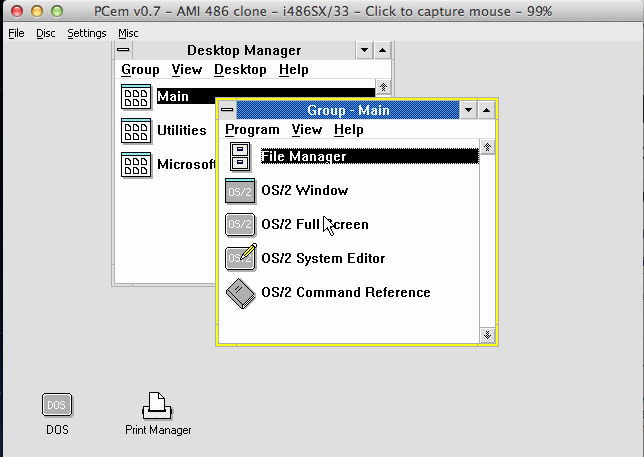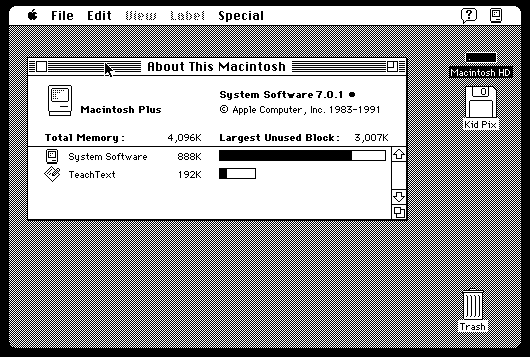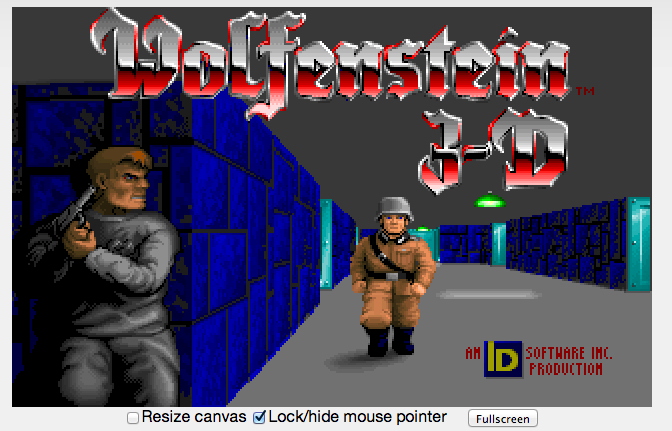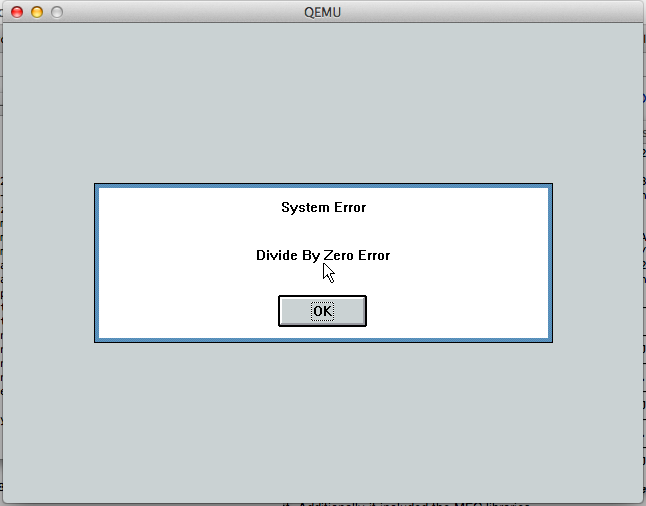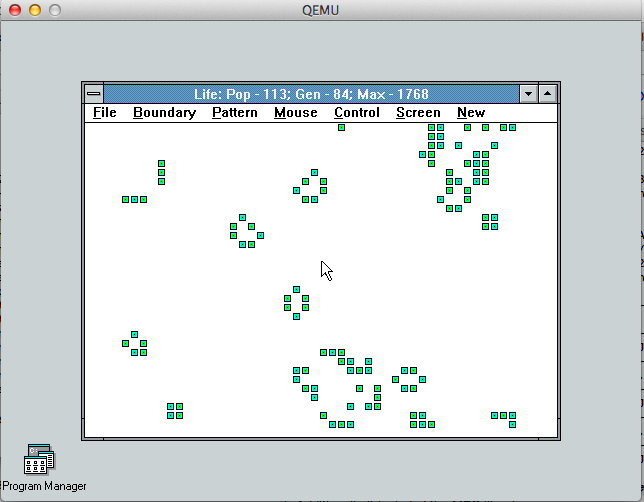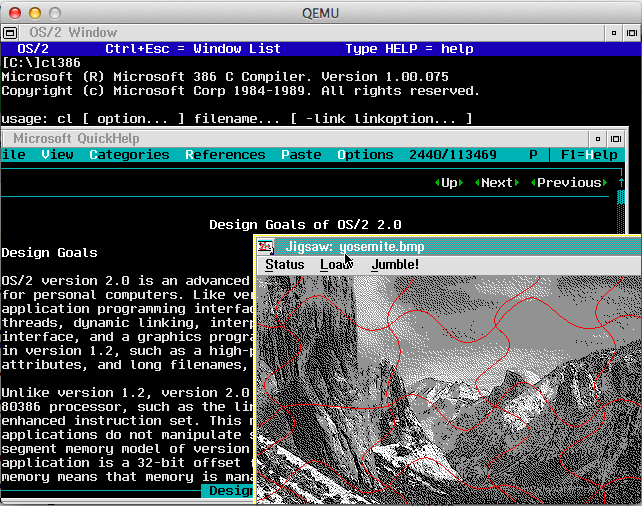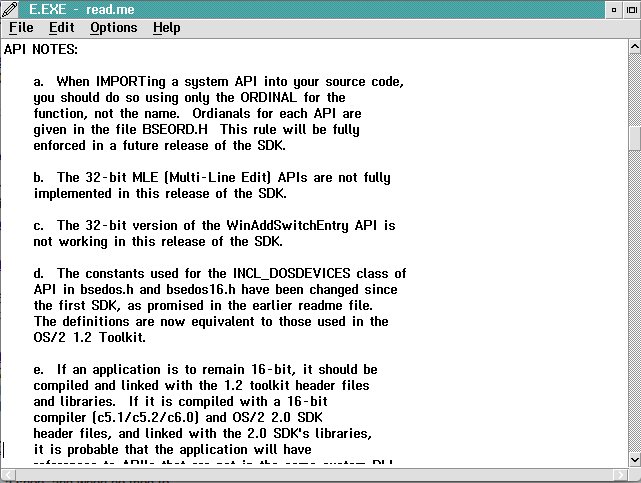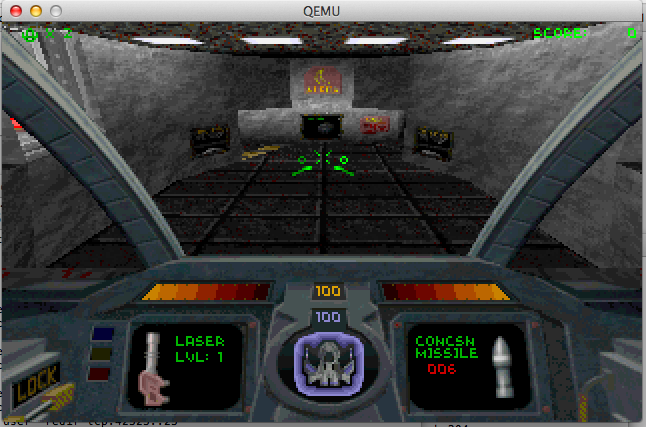(EDITED)* So it seems that Fragready just knee jerks to bogus virus claims by fly by night idiots like  clean-mx.de because they are terrified of nethack on WindowsCE.  Yes really they deleted my server because of an old game on an old platform.
So here we go. again. Â 2013 seems to be the year of plenty of moves. Â While cruising around LEB, I came across this special on Frag Ready. Â So yeah I’m going to collapse all my VPS stuff (once it is finished copying) and move everything to a dedicated server.
What I’m hoping this will mean is that I can do far more neater things as now I don’t have to worry about CPU limitations, blowing my own quotas or being able to load whatever I want. Â I think I’ll even go back to offering some kind of public UNIX thing, I just have to decide if I want a SIMH VAX running BSD 4.3 UWisc, or whatever. Â I know I’ll certainly bring the Quake 1 server back, and maybe, just maybe hack enough to get a Doom dialup server going (if I can convince it to talk to my fake modems).
Another observation is that using the new ext4 filesystem means things are slower than ever. Â I know this server is two years old but still my seven year old Mac Pro destroyes it running Qemu vs running KVM on this linux box. Â I’ve found the two things help for performance some.
Convert disk images from sparse VMDK to QCOW2
|
# qemu-img convert -f vmdk -O qcow2 -o preallocation=metadata source.vmdk destination.qcow2
|
And changing KVM from ‘-hda disk.vmdk’ to
|
kvm -cpu pentium -m 256 -drive file=/usr/local/kvm/disk.qcow2,if=ide,index=0,media=disk,cache=none -vnc :0 -net nic,model=pcnet -net user
|
Next was to change the way the volume was mounted. Â First a change in the filesystem
|
tune2fs -o journal_data_writeback /dev/sda1
|
Then changing the options to the following in fstab:
|
noatime,data=writeback,barrier=0,nobh,errors=remount-ro
|
So yeah, it feels a little better now.
Here we go, again with what is moved over so far:
- BBS Migrated
- Old Linux Migrated
- Unix Migrated
- UTZoo in Migrated
- efylon.org Migrated
- vpsland Migrated
- macmint Migrated
- jdosbox Migrated
- zippy Migrated
- virtuallyfun.com Migraged
- Blog Migrated
- QuakeWorld Back to Life!


